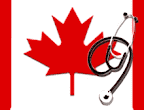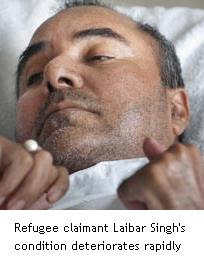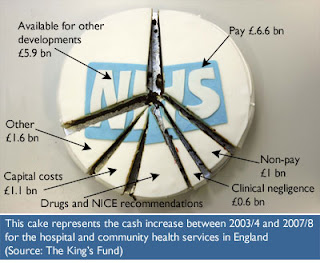 Faced with an aging population requiring increasingly complex care, overwhelmed Canadian doctors are feeling more and more frustrated by their inability to properly serve their patients' health needs, a national survey of physicians reports.
Faced with an aging population requiring increasingly complex care, overwhelmed Canadian doctors are feeling more and more frustrated by their inability to properly serve their patients' health needs, a national survey of physicians reports.
In the survey of more than 20,000 doctors and doctors-in-training from across the country, 75 per cent reported that inadequate funding of the health care system and an under-supply of physicians and other health professionals, along with paperwork and bureaucracy, are curtailing the amount and level of care they want to provide patients.
While that attitude was expressed by all the specialties, it is perhaps most pronounced among family physicians, simply because of their number and the nature of their practice, said Calvin Gutkin, executive director and CEO of the College of Family Physicians of Canada.
Almost half of Canada's roughly 60,000 doctors are family practitioners, and it's usually the specialty seen most often by patients, he said.
"I think the frustration remains related to just the capacity within the family medicine community to address all of the needs of the population," said Dr. Gutkin, whose organization conducts the triennial survey jointly with the Canadian Medical Association and the Royal College of Physicians and Surgeons of Canada.
"Physicians in most communities across the country are doing their best to try to see as many patients as they can," he said.
"But still many of them have had to ... limit the number of new patients they can take. And we have community after community with patients who are unable to access a family physician for themselves or for their families. "
Read the rest of the story here
A related story about Calgary doctors can be read in here















